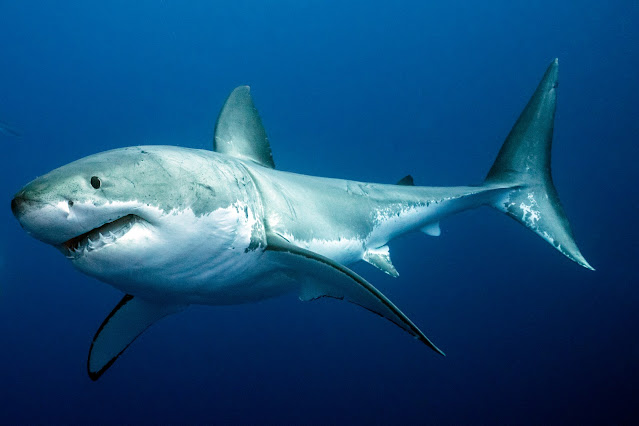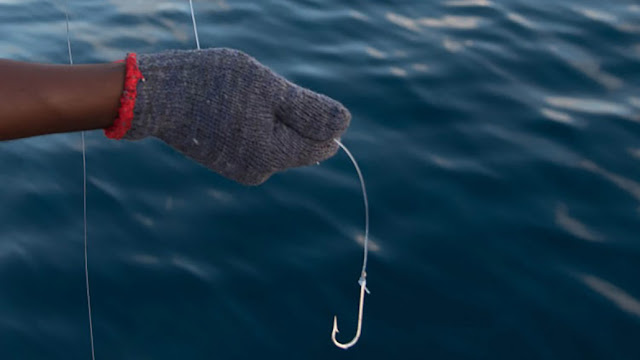How to Survive a Shark Attack

Sharks Thanks to Hollywood, sharks have a very bad rap. No doubt they are dangerous, but almost all attacks on humans are due to mistaken identity. In most cases, they think humans are food so they have a taste. They then realize that we taste disgusting and leave. How to Fight a Shark The vast majority of shark attacks on humans are mistaken identity. Humans don’t taste good to sharks! Still, they are the king of the ocean, so you want to stay out of their way. Like most animals food is what will attract a shark, whether it is real or mistaken identity. Blood and fish are the biggest attractions. So is anything that resembles these, like shiny objects or human waste. Whether you are in a life raft or not, if you spot a shark, be loud and slap the water. If you don’t have a liferaft and are in a group, bunch together and face out. Everyone should shout underwater and slap the surface. When a shark starts circling you, it is a sign of attack. When it comes at you, strike at its gi...

